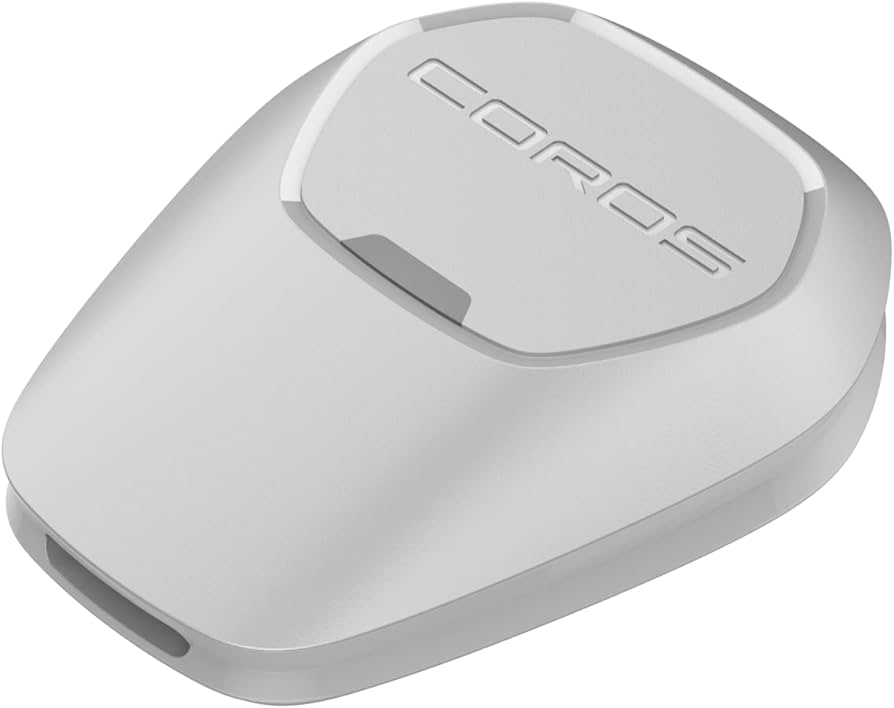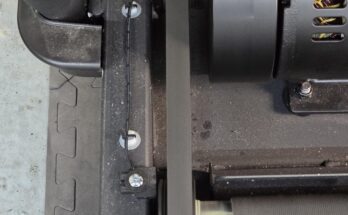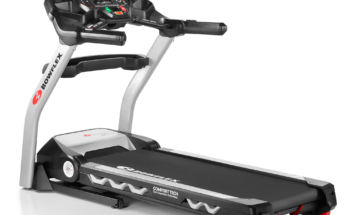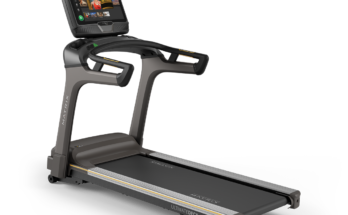Treadmill paces can be accurate, but they often differ from outdoor running speed. Calibration and individual machine variances impact their precision.
Treadmills have become a staple in both home and commercial gyms, providing an accessible way to exercise regardless of weather conditions. They offer a controlled environment for runners to train, including pace settings that claim to mimic outdoor running. Yet, these settings may not always translate perfectly due to several factors.
Machine calibration is critical; an improperly calibrated treadmill can display incorrect speeds and distances. Additionally, belt slippage or wear can subtly affect the accuracy of the pace displayed. Runners should also consider that treadmill running lacks environmental variables like wind resistance and changing terrain, which can influence how pace on a treadmill feels compared to hitting the pavement. Understanding these nuances allows for a more effective and reliable indoor running experience.
Introduction To Treadmill Running
Treadmill running has transformed the way we stay fit. It allows runners to train indoors, regardless of weather. This convenience has made it a cornerstone in many fitness routines. Precision controls and features such as incline settings simulate outdoor running. But, are these paces accurate? Let’s delve into the world of treadmill running and see how it stands up to outdoor running.
The Rise Of Indoor Fitness
Indoor fitness surged with treadmills leading the charge. Gyms worldwide showcase rows of these machines, and home setups are more common now. People love that they can run at any time. Safety, privacy, and convenience factor into this trend’s growth.
- Year-round access
- No weather concerns
- Personal safety
- Training consistency
Treadmill Features And Popularity
Today’s treadmills boast advanced features. Tracking speed, distance, and heart rate has never been easier. Personalized programs adapt to fitness levels, keeping runners on pace. Popularity soars as users experience these benefits.
- Custom workout programs
- Variety of training options
- Real-time performance tracking
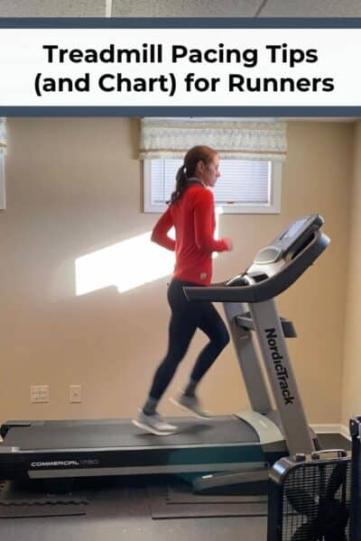
Credit: lauranorrisrunning.com
Measuring Pace On Treadmills
Runners often wonder if the pace displayed on treadmill consoles is accurate. Understanding how treadmills measure pace can help you trust and optimize your indoor training sessions. Let’s dive into the mechanics and factors that impact the accuracy of treadmill paces.
How Treadmills Calculate Speed
Treadmills use motor rotations to calculate speed. They count the revolutions of the belt with a sensor. This data converts into pace readings on the display.
Factors Affecting Treadmill Pace Accuracy
- Belt Slippage: Worn belts may slip, affecting pace accuracy.
- Calibration: Uncalibrated machines can show incorrect speeds.
- Power Fluctuations: Inconsistent power supply can alter the belt speed.
- User Weight: Heavier users may cause the belt to move slightly slower.
Accuracy Versus Outdoor Running
Finding out if treadmill paces are precise is a hot topic for runners. Are you running the same speed as outdoor? Let’s dive into the truth about indoor versus outdoor pacing.
Differences In Running Dynamics
Running inside versus outside changes how your body moves. Your treadmill may say one pace, but it feels different from the road or trail. Three main factors explain why:
- Air resistance: It’s absent on a treadmill, making it easier to run faster.
- Treadmill belt: It helps move your feet, which can alter your stride.
- Surface: Treadmills have a uniform surface. Outside, you adapt to changing terrains.
Comparing Calibrations: Treadmill And Gps Watches
Treadmills and GPS watches are both smart. But they don’t always agree on pace. Here’s how their calibrations differ:
| Treadmill | GPS Watch |
|---|---|
| Uses internal sensors | Relies on satellite data |
| May need regular calibration | Can be affected by signal issues |
| Shows speed and incline | Tracks location and pace |
Always cross-check your pace if you switch between treadmill and outdoor running. A calibrated machine and a GPS watch in good conditions are your best bet for accuracy. Remember, in the end, it’s about your personal training goals.

Credit: pyrunco.com
Calibrating Your Treadmill For Precision
Do you trust the pace your treadmill tells you? To make sure, we need to calibrate. Calibrating your treadmill makes your workouts precise. You ensure your pace matches your effort. Let’s talk about calibrating for that precision.
Manual Calibration Techniques
To calibrate manually, you will follow several steps:
- Start with turning off your treadmill.
- Measure the belt length with a tape measure.
- Mark a line on the belt with tape or chalk.
- Move the belt one rotation, measuring the distance.
- Compare this distance with the treadmill’s display reading.
Adjust as needed:
- Find the calibration settings in the manual or control panel.
- Enter current measurements.
- Test the treadmill to ensure pacing is now accurate.
Using Technology For Treadmill Calibration
Modern treadmills often come with built-in calibration tools. Here’s how to use them:
- Locate the calibration option on your treadmill.
- Follow the prompts, which may include walking or running at a set speed.
- The machine will automatically adjust to match the true speed.
For even more precision, use external devices:
- Running apps track pace and distance.
- Connect the app to your treadmill.
- Let the app adjust the treadmill based on real-time data.
Foot pods or smart watches also work:
- Attach the device to your shoe or wrist.
- Set it to treadmill mode, if necessary.
- Start your workout and let the device sync your pace.
Real User Experiences And Studies
Talking about treadmill paces often lands runners into a debate about their accuracy. Many runners rely on treadmills for training and pacing; yet, questions linger on how these machine-calculated speeds translate to actual running. By delving into real user experiences complemented by scientific studies, a clearer picture emerges on this topic.
Anecdotal Evidence From Runners
Runners often share stores about their treadmill runs. Some find that treadmill speeds seem easier compared to outdoor distances. Others notice that their treadmill paces don’t quite match their efforts on the road or track.
- User forums are filled with mixed feedback, with a common theme that accuracy varies by treadmill model and brand.
- Race times sometimes differ significantly from those predicted by treadmills.
- Calibration, belt slippage, and maintenance affect the treadmill speed readouts.
Scientific Research On Treadmill Accuracy
Studies have been conducted to assess treadmill accuracy. Research reveals that variables like treadmill maintenance, calibration, and user weight have an impact.
| Study | Findings | Year |
|---|---|---|
| Study A | Calibration drift can cause speed variances of 10% or more. | 2018 |
| Study B | User weight impacts belt speed, affecting pace accuracy. | 2020 |
| Study C | Maintenance frequency inversely related to speed errors. | 2019 |
In essence, using a treadmill requires an understanding of its potential limitations. When considering treadmill paces, remember individual machines and circumstances play significant roles in delivering a true-to-life running experience.

Credit: www.amazon.com
Improving Your Treadmill Sessions
It’s essential to keep treadmill workouts effective and trustworthy. Users often wonder about the accuracy of treadmill paces. Regular calibration and understanding your equipment can lead to better performance and fitness outcomes. Let’s enhance each treadmill session for optimal results.
Tips For More Accurate Workouts
- Calibrate Regularly: Ensure your treadmill is calibrated frequently for precise speed readings.
- Warm Up: Begin each session with a warm-up to get consistent pacing metrics.
- Use an External Device: Track your workouts with a smartwatch or app for a second opinion on pace.
- Maintain Your Equipment: Keep the treadmill in top condition through regular maintenance.
- Know Your Machine: Understand your treadmill’s features and how they impact your workout.
When To Trust Your Treadmill’s Pace
Trust the pace:
| Condition | Trust Level |
|---|---|
| Post-Calibration: | High |
| Consistent Readings: | Medium to High |
| Varying Readings: | Low – verify with external device |
| Maintenance Overdue: | Do not trust – service required |
Frequently Asked Questions For Are Treadmill Paces Accurate
How Accurate Are Treadmills For Pace?
Treadmill pace accuracy can vary; most are generally reliable but may differ slightly from actual running speeds due to belt calibration and stride differences. Regular maintenance improves accuracy.
How Do I Know If My Treadmill Speed Is Accurate?
Check your treadmill speed accuracy by using a GPS app while walking outside. Alternatively, count belt revolutions matched with time for a manual calculation. Lastly, compare results with the treadmill display for discrepancies. Contact the manufacturer for calibration if needed.
How Fast Is 7.0 On A Treadmill?
A 7. 0 speed setting on a treadmill equates to a running pace of 8. 5 miles per hour. This pace is considered fast and is equivalent to running a 7-minute mile.
Why Is My Pace So Much Slower On A Treadmill?
Your treadmill pace may seem slower because the belt assists leg turnover, making the effort feel easier. Also, no wind resistance and different terrain account for perceived pace differences compared to outdoor running. Ensure correct treadmill calibration and adjust for a realistic training effect.
Conclusion
Gauging the accuracy of treadmill paces can be tricky. Various factors, from machine calibration to individual stride, shape the readings we see. For those dedicated to their fitness journey, regular equipment maintenance and personal awareness are vital. Always pair technology with intuition for the truest measure of your pace.
Remember, your progress is unique, and how you feel is just as important as the numbers flashing by.
